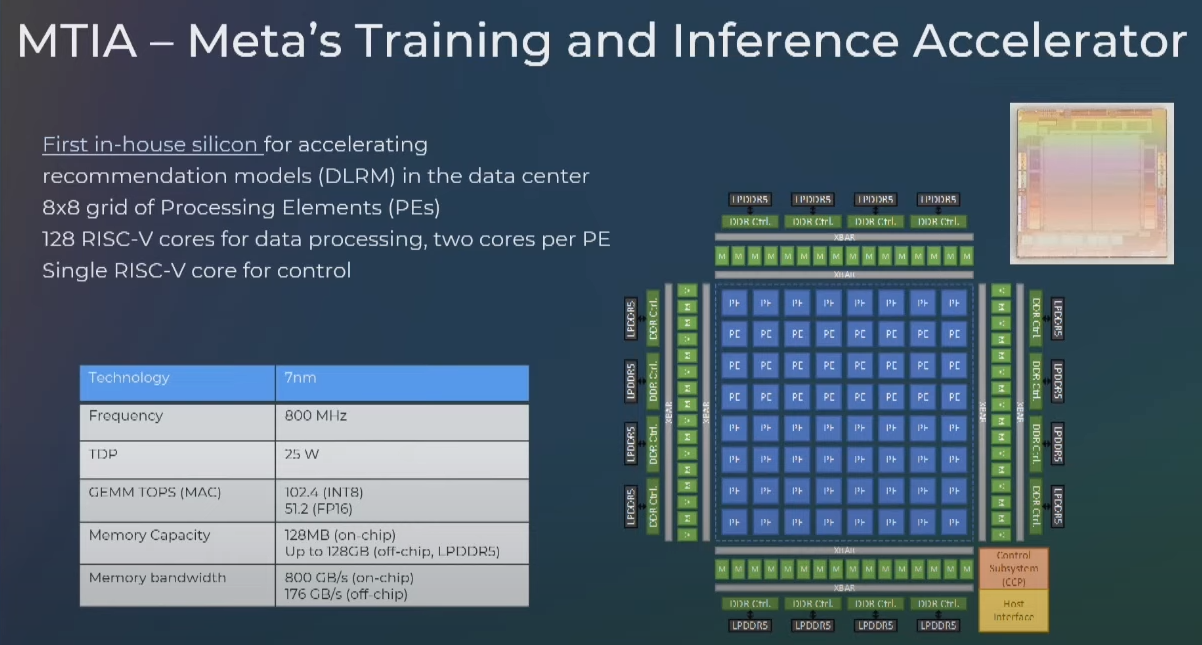erek
[H]F Junkie
- Joined
- Dec 19, 2005
- Messages
- 10,988
Very nice
"

"Renesas takes pride in offering embedded processing solutions for the broadest range of customers and applications," said Daryl Khoo, Vice President of the IoT Platform Division at Renesas. "This new core extends our leadership in the RISC-V market and uniquely positions us to deliver more solutions that accommodate a diverse range of requirements."
"We congratulate Renesas on achieving its recent milestone in 32-bit RISC-V MCU architecture development," said Calista Redmond, CEO at RISC-V International. "This achievement exemplifies how RISC-V ecosystem partners, such as Renesas, are rapidly advancing RISC-V innovation. Our RISC-V community now spans 70 countries with more than 4,000 members, and we eagerly anticipate further innovations emerging from this dynamic, expanding market."
The Renesas RISC-V CPU achieves an impressive 3.27 CoreMark/MHz performance, outperforming similar architectures on the market. It includes extensions to improve performance, while reducing code size.
Renesas is sampling devices based on the new core to select customers, with plans to launch its first RISC-V-based MCU and associated development tools in Q1 2024. Details of the new MCU will be published at that time. More information about RISC-V solutions is available at: renesas.com/risc-v. A blog article about the new RISC-V CPU is available here."
https://www.techpowerup.com/316205/...n-32-bit-risc-v-cpu-core-ahead-of-competition
"

"Renesas takes pride in offering embedded processing solutions for the broadest range of customers and applications," said Daryl Khoo, Vice President of the IoT Platform Division at Renesas. "This new core extends our leadership in the RISC-V market and uniquely positions us to deliver more solutions that accommodate a diverse range of requirements."
"We congratulate Renesas on achieving its recent milestone in 32-bit RISC-V MCU architecture development," said Calista Redmond, CEO at RISC-V International. "This achievement exemplifies how RISC-V ecosystem partners, such as Renesas, are rapidly advancing RISC-V innovation. Our RISC-V community now spans 70 countries with more than 4,000 members, and we eagerly anticipate further innovations emerging from this dynamic, expanding market."
The Renesas RISC-V CPU achieves an impressive 3.27 CoreMark/MHz performance, outperforming similar architectures on the market. It includes extensions to improve performance, while reducing code size.
Renesas is sampling devices based on the new core to select customers, with plans to launch its first RISC-V-based MCU and associated development tools in Q1 2024. Details of the new MCU will be published at that time. More information about RISC-V solutions is available at: renesas.com/risc-v. A blog article about the new RISC-V CPU is available here."
https://www.techpowerup.com/316205/...n-32-bit-risc-v-cpu-core-ahead-of-competition
![[H]ard|Forum](/styles/hardforum/xenforo/logo_dark.png)
